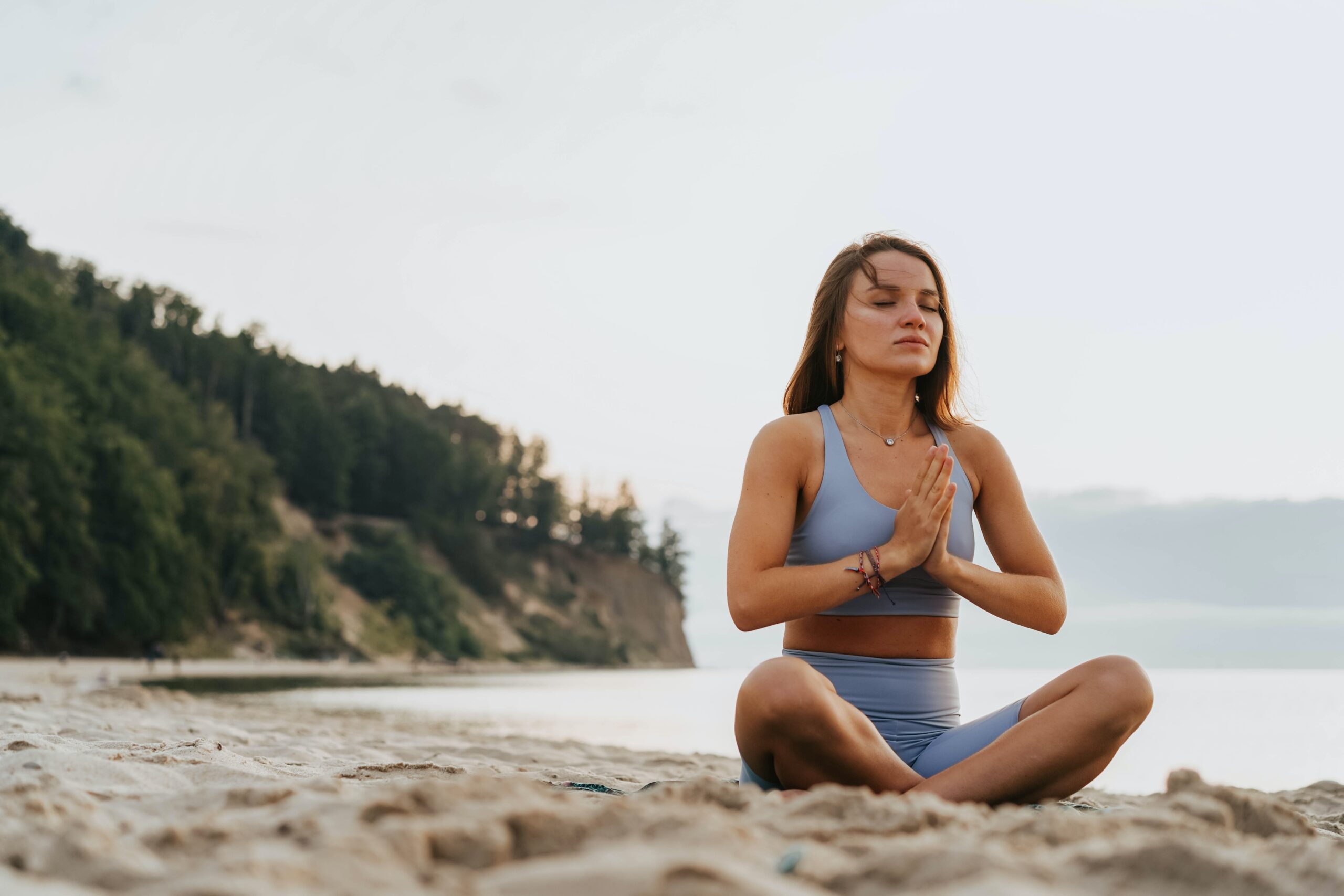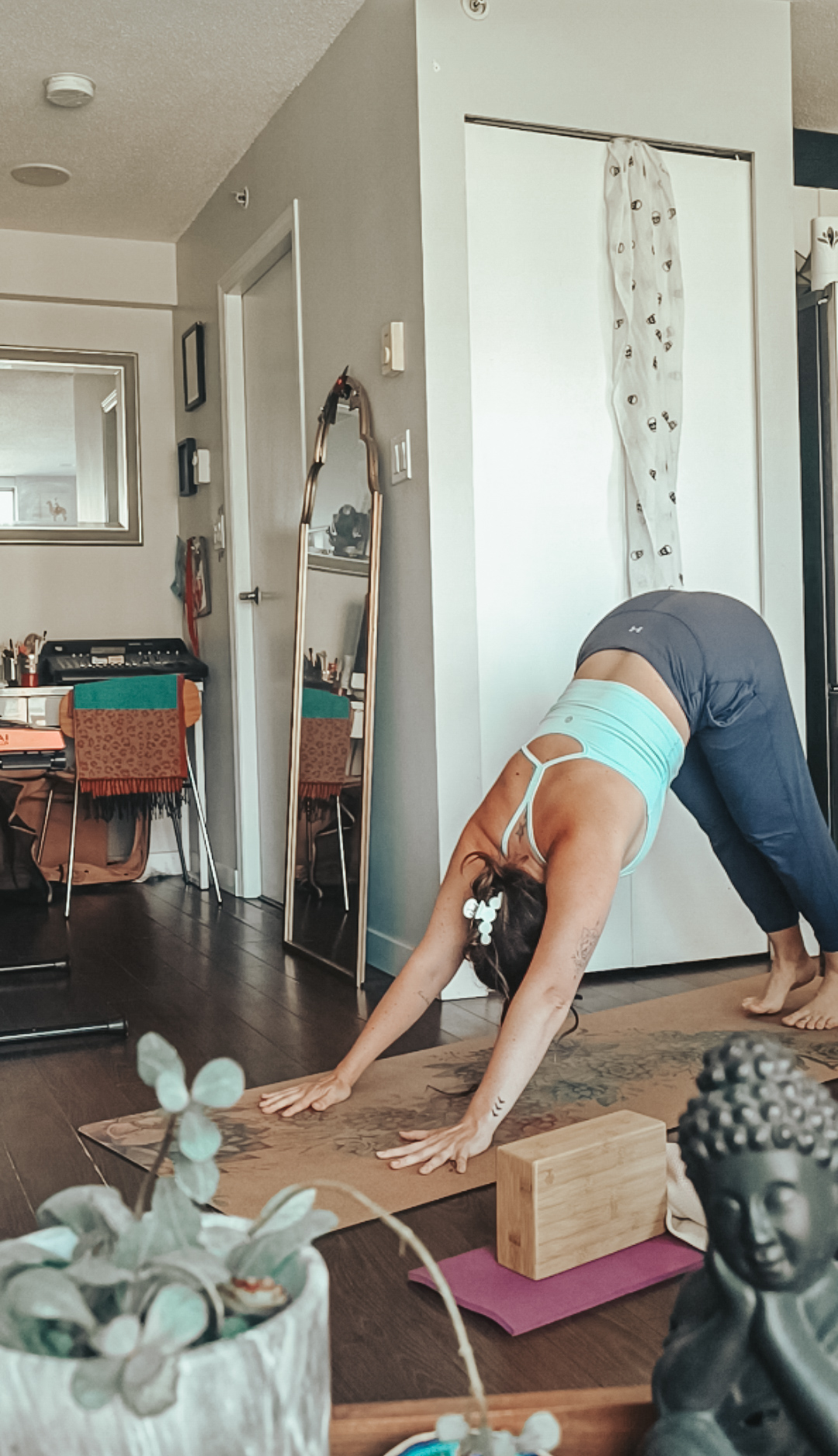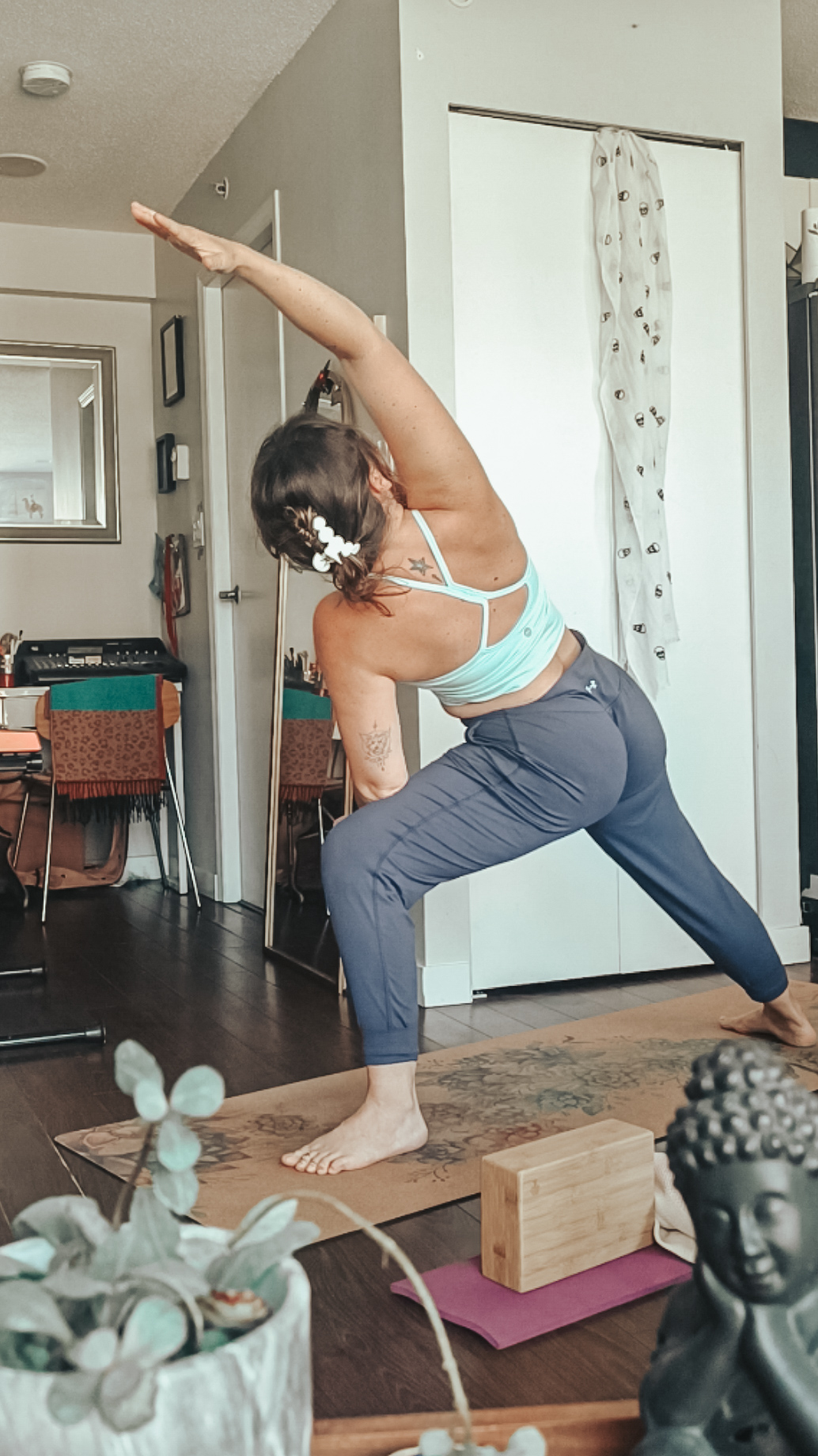
Table of Contents
We’ve all heard about the benefits of doing yoga, but many still don’t understand what is this practice about. I’ve come across people who see me with my yoga mat and say they’d love to do yoga, but aren’t flexible enough to do it.
I think there is some confusion about this practice. That is why I give you my reasons why even if you are not flexible you should start doing yoga.
What is YOGA?
Yoga is an ancient practice that originated in India over 5,000 years ago. It combines physical postures (asanas), breathing techniques (pranayama), and meditation to promote physical, mental, and spiritual well-being. Yoga is suitable for people of all ages and fitness levels, as it can be adapted to individual needs and abilities.
Everyone should consider practicing yoga, even if they feel they are not flexible enough, for the following reasons:
Why do Yoga?

Improve your flexibility
Yoga helps increase flexibility over time by gently stretching the muscles and connective tissues. With regular practice, even the least flexible person can see improvements in their range of motion, but you don’t have to start out flexible, that comes over time, and there are resources to help you improve your practice like yoga cubes, pillows, etc. or even sheets.
Reduces stress and anxiety
The combination of physical movement, controlled breathing, and meditation in yoga can help reduce stress and anxiety levels. Regular practice can provide a sense of calm and mental clarity. As soon as you start doing yoga you realize how calm or calm you usually are.
Improved strength and balance
Yoga poses require the use of various muscle groups, leading to greater strength and better balance. This can be particularly beneficial for older adults or those recovering from injury.
Better posture
Many yoga poses focus on core alignment and strengthening, which can lead to better posture and reduced back pain. It is always important to know your body and if there is something that does not feel right, modify it using “props” or changing the posture.
Increased attention
This point is one of those that personally have benefited me the most. Yoga fosters a mind-body connection that can lead to increased self-awareness and mindfulness. This can have positive effects on mental health and general well-being.
Now if you have never done yoga, these are some tips that I think can motivate you to start doing this practice and get the benefits of doing yoga.
Tips to start practicing yoga

Start with a beginner class or online classes
Look for classes designed specifically for beginners, or use online resources (for example, tutorials or YouTube apps) that are geared toward beginners. Try to watch a video first on how the poses should be performed correctly and how to modify them. Once this is clear, you can do a class, starting from 10 minutes to an hour as you improve.
Consult a health professional
If you have any health problems or pre-existing conditions, always consult your doctor before beginning a yoga practice. In this way he or she can guide you on which areas of your body are more vulnerable, and thus modify postures that can be very heavy for your body.
This might interest you: 6 Yoga Poses On A Trip
Start with simple and gentle postures
Don’t try to do very complicated poses when you’re just starting out. Start in basic poses and stretches to build a foundation before moving on to more advanced poses. This is the key so that you don’t get demotivated, slowly but surely.
Use accessories and modifications
As I mentioned before, use props like blocks, straps, and bolsters to help you get into poses safely and comfortably. Do not hesitate to modify the poses to adapt them to the needs and abilities of your body.
If you wanna start working out in your home, here are some of my favourite props and accessories I recommend. The material of the blocks and the mat is cork, which makes it antibacterial and eco-friendly.
Be patient and constant
Yoga is a lifelong practice and progress takes time. Be patient with yourself and commit to practicing regularly, even if it’s just a few minutes a day. You can take photos of how you started and every month see your progress.
Suddenly we don’t realize how far we’ve progressed until we see it in photos or videos and that’s when we see the benefits of doing yoga in the long run.
Listen to your body
Pay attention to your body’s signals and avoid overexerting yourself. Stay away from any position that causes pain or discomfort. Yoga shouldn’t hurt. Spot. That’s not to say it’s easy, but if it hurts, avoid it and switch to an easier position.
Find a style that suits you
There are many different styles of yoga, such as Hatha, Vinyasa, Ashtanga, or Yin. Explore different styles and find one that resonates with you and your needs. Hatha is a perfect yoga for beginners, and Yin is ideal for rehabilitation.
Remember, the goal of yoga is not to achieve perfect flexibility or perform advanced poses. Instead, focus on the journey of self-discovery, self-care, and personal growth that yoga can provide.




